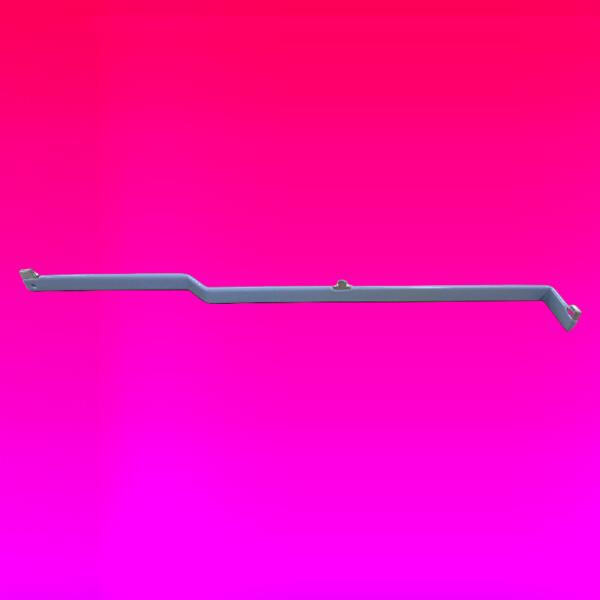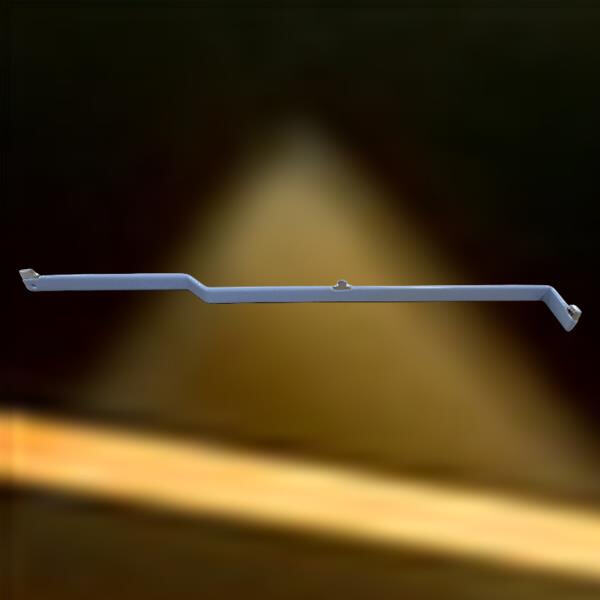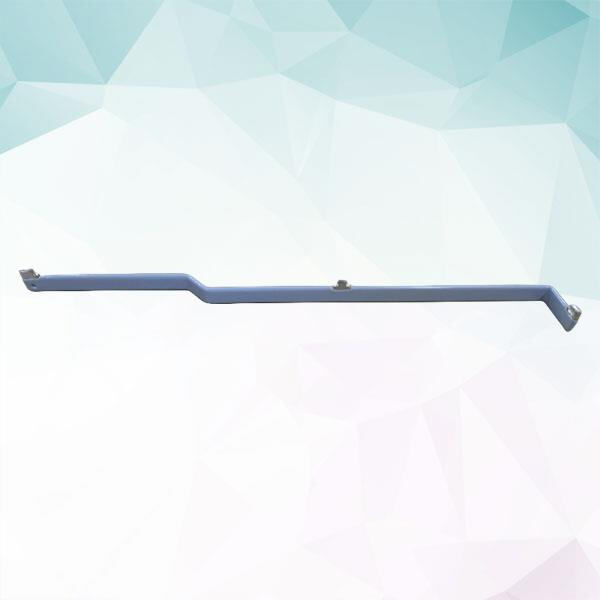Busbars are very significant when it comes to the distribution of electric power in buildings. These few pieces are all that is necessary to make electricity flow easily and effectively to where it's needed. In this guide we're going to be looking at what lighting busbar are, how they distribute electrical power, how to select a busbar, the importance of maintaining busbars and new developments e.g.in busbar technology.
Think of busbars as the roads along which electricity travels in a building. They are typically made of metal, copper or aluminum, and differ in shape and size. You can also find busbars inside electrical panels and distribution boards. They link various electrical components together, and convey electricity from the power source to the devices that need it.
Bus bars control and distribute electricity more easily by serving as a contact point for electricity to flow. That applies that less energy is lost as heat when electricity moves through a busbar, so the system is superior. Busbars also moderate the voltage and current in an electrical system, ensuring that an appropriate amount of electrical power is supplied to each device.

When you select a busbar for your electrical system, take into consideration how much power is to be distributed, the size of the building to support the busbar and the arrangement of the electrical parts. It’s also important to select a busbar made of decent materials that can handle the electrical load without becoming excessively hot or wasting electrical power. You can speak with an experienced electrician to decide on the perfect busbar for your requirements.

Busbars, like other electrical parts, require regular maintenance to function properly. That means keeping them clean and free of dust, testing for wear or rust and tightening up any loose connections. It can help you to avoid electrical problems, minimise the chances of fires, and the overall lifespan of your electrical system.

Advancements in busbar technology are proving to make electrical systems better than ever. Manufacturers are also developing 300 amp busbar with new materials and designs that are more capable of handling higher power, functioning in the harshest temperatures and taking up less space. Some busbars even come with integrated monitoring systems that can alert you of any issues before they cause a lot of damage. It has been a busbar replacement market and there are more interesting developments on the horizon.
Copyright © Kinto Electric Co., Ltd All Rights Reserved